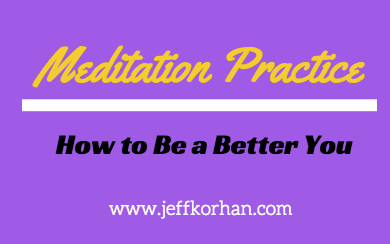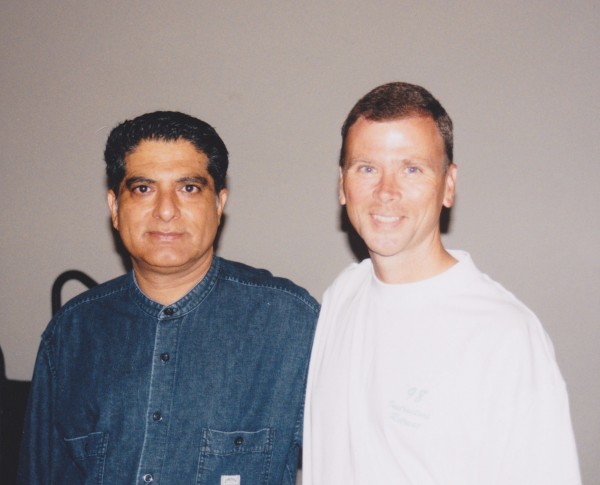Podcast: Play in new window | Download
Subscribe: RSS

This is Episode 46 of This Old New Business weekly business podcast with Jeff Korhan.
In this episode we are going to talk about a subject I am very passionate about, and that is the meditation practice and how to implement a meditation routine in your daily life. You may be wondering why meditation is being discussed on a business podcast.
The reason, in addition to the fact that many of you have asked me to share what I’ve learned as a meditation instructor for nearly 15 years, is that there are many practical benefits to meditation, including greater productivity and creativity, increased energy, and what most people are familiar with – a greater ability to manage stress.
We’ve all experienced times when it seems we are no longer running the business, but rather it is running us. That’s what happened in my early days as an entrepreneur, and that’s what led me to learning meditation and then later becoming a meditation instructor.
I’m going to share that journey, then get into the fundamentals of a meditation practice, what it is and what it isn’t, how meditation is practiced, and really how it works on a practical level.

Jeff Korhan with Deepak Chopra, MD at Meditation Instructor Certification
I’d love to hear your thoughts on the meditation practice? Meet me over on Twitter to take the conversation further.
Key Take-Aways
- Jeff Korhan trained as a meditation instructor with Deepak Chopra, MD
- The true purpose of meditation is to discover one’s essential nature
- Meditation is closely related to the physical practice of yoga.
- There are only three possible experiences with a traditional meditation practice.
- When meditation changes you for the better, your physical environment responds in kind.
- In lieu of a personal mantra, you can use the universal So Hum mantra. More on how that practice works here.
- Listen to the end, because there is a pretty amazing true story in the last 5 minutes.
How to subscribe to This Old New Business podcast
Click here to subscribe via iTunes.
You can also subscribe via Stitcher.
Help us Spread the Word
If you enjoyed this episode of This Old New Marketing podcast, please head over to iTunes or Stitcher to leave a rating, write a review, or subscribe.
About the Author: Jeff Korhan, MBA, is the author of Built-In Social: Essential Social Marketing Practices for Every Small Business and host of This Old New Business podcast.
He helps mainstream businesses adapt their traditional growth practices to a digital world. Connect with Jeff on LinkedIn, Twitter, Facebook, and Google+



